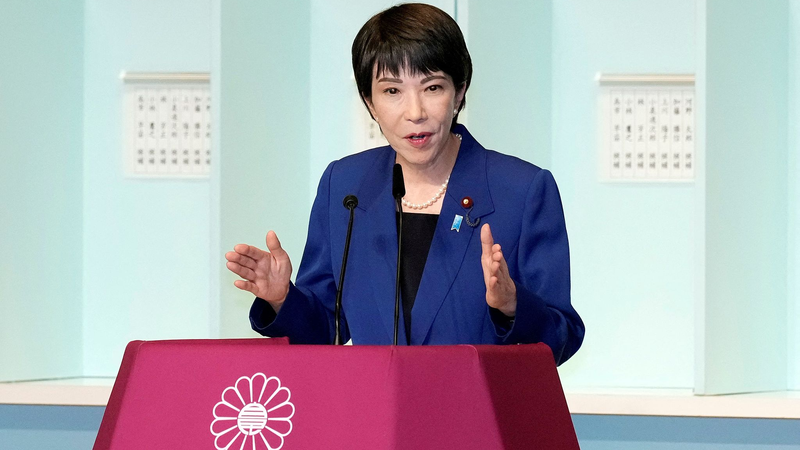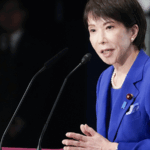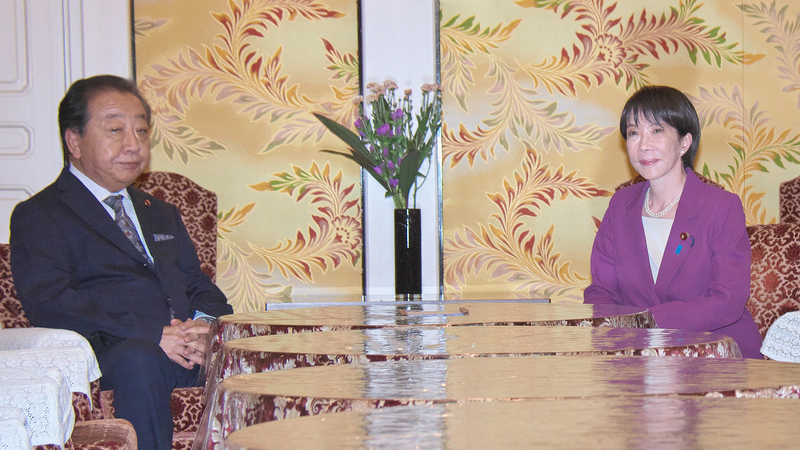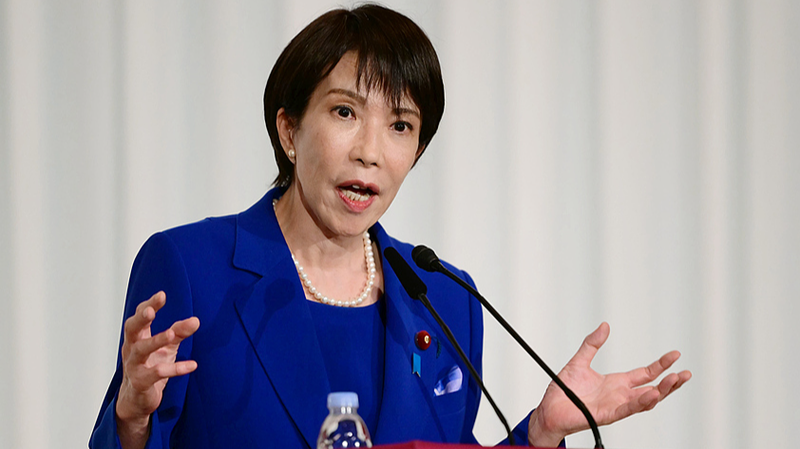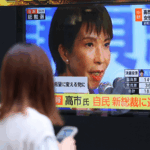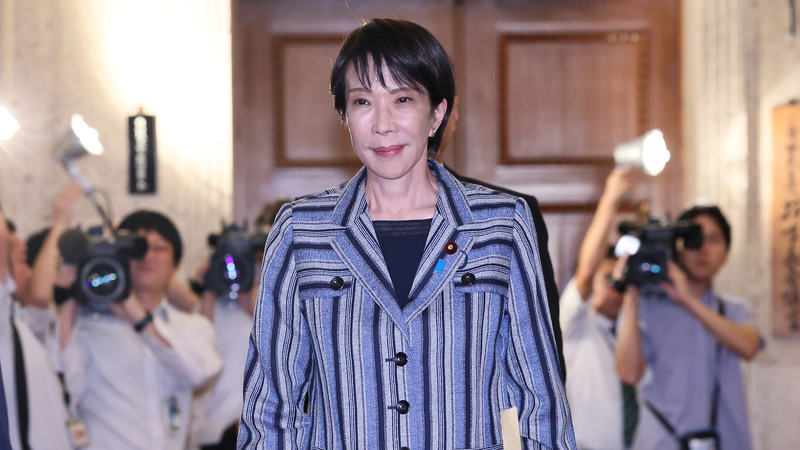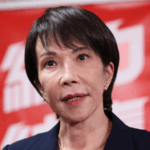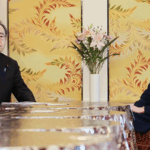The election of Sanae Takaichi as president of Japan's Liberal Democratic Party has drawn international attention, with analysts warning her policies could reshape East Asia's geopolitical landscape. As the first woman to lead Japan's ruling party, Takaichi brings a controversial mix of nationalist ideology and security-focused pragmatism to regional affairs.
Historical Revisionism Raises Alarms
Takaichi's repeated visits to the Yasukuni Shrine and downplaying of Japan's wartime aggression have strained relations with neighboring countries. Her August 15 visit this year – marking Japan's WWII surrender – was particularly contentious, seen as undermining post-war reconciliation efforts.
Constitutional Changes Loom
The new LDP leader advocates revising Article 9 to transform Japan's Self-Defense Forces into a "National Defense Army," potentially altering the country's pacifist identity. Security experts suggest this could trigger arms race concerns in the region, particularly given ongoing tensions in the Taiwan Strait.
Cross-Strait Policy Under Scrutiny
Takaichi's April visit to Taiwan and calls for defense cooperation with the island have drawn sharp criticism from Beijing. While maintaining official recognition of the one-China principle, her actions risk complicating Japan-China relations at a time when economic decoupling trends already strain bilateral ties.
Economic Realignment Continues
The leader's push to reduce semiconductor and rare earth dependence on the Chinese mainland aligns with broader Western supply chain strategies. However, business leaders warn this politicization of trade could disrupt decades of economic interdependence between Asia's second- and third-largest economies.
Domestic Vision Faces Backlash
Domestically, Takaichi's opposition to progressive reforms – including same-sex marriage and female imperial succession – has sparked debate about Japan's social trajectory. Her immigration stance, emphasizing Japan's monoethnic identity, raises questions about addressing the country's demographic crisis.
Reference(s):
cgtn.com
